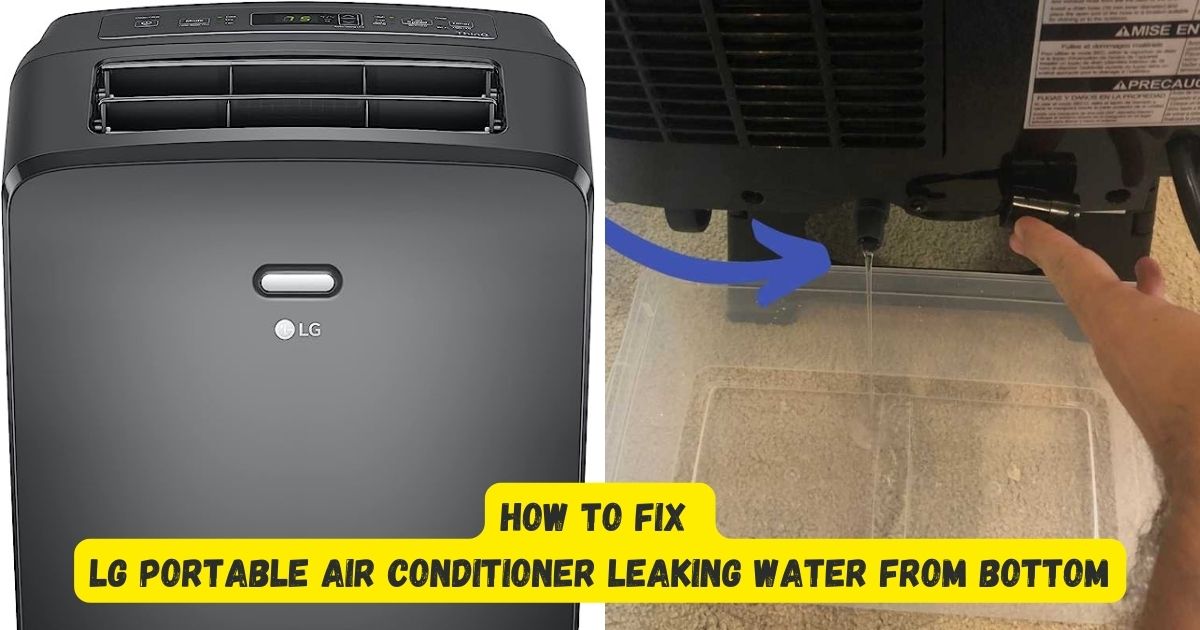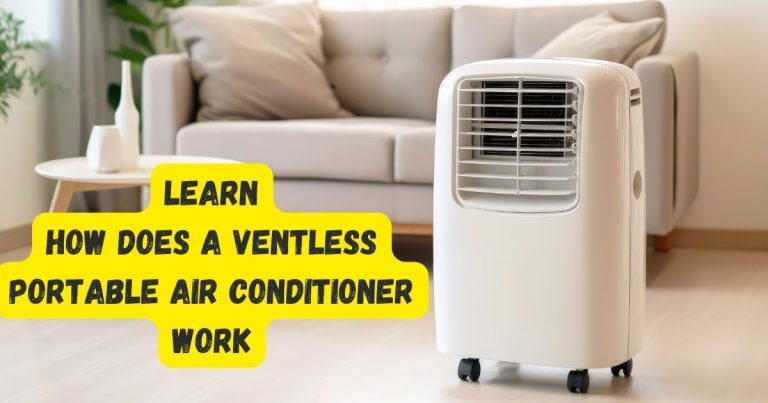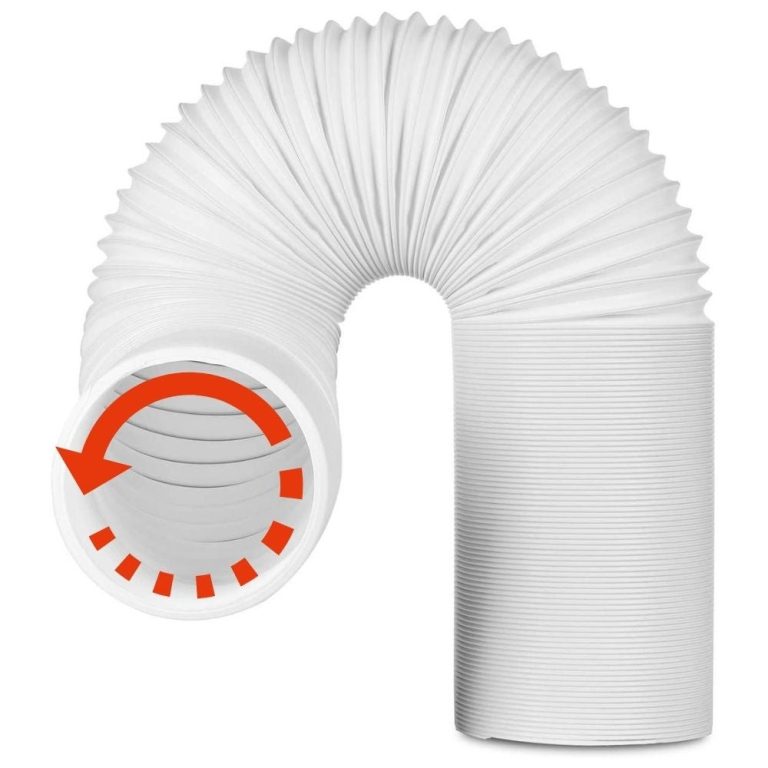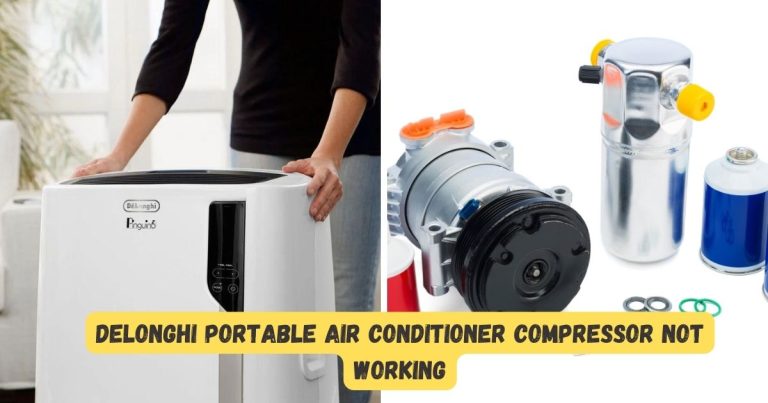Lg Portable Air Conditioner Leaking Water From Bottom: How To Fix This Common Issue
If an LG portable air conditioner is leaking water from the bottom, it is likely due to a clogged or damaged drain pipe. Cleaning or unclogging the drain pipe should resolve the issue. If the problem persists, contacting LG customer support or a professional technician is recommended.
Are you an owner of an LG portable air conditioner? Have you noticed water leaking from the bottom of your unit? If so, you’re not alone. Many LG portable air conditioner owners are faced with this frustrating issue, which can not only damage their floors but also create a mess in their living space.
In this blog article, we will dive deep into the causes of water leakage from the bottom of LG portable air conditioners and provide you with effective solutions to fix the problem. Whether you have basic knowledge or consider yourself an intermediate in air conditioner maintenance and troubleshooting, this article will equip you with the information you need to address this specific issue.
We understand the importance of keeping your living space clean and preventing any damage to your floors. That’s why we have researched and compiled the most common causes of water leakage in LG portable air conditioners, along with step-by-step instructions on how to resolve the issue. But why is this topic important? Well, not only will you learn how to fix the problem yourself, but you will also save money by avoiding costly repairs or replacements.
Additionally, with our comprehensive guide, you can maintain your air conditioner’s efficiency, prolong its lifespan, and enjoy a comfortable indoor environment. So, if you’re tired of dealing with water leakage from the bottom of your LG portable air conditioner, keep reading. Our expert advice and actionable solutions will help you regain control over your cooling system and ensure a hassle-free experience.

Main Causes of Water Leakage from the Bottom of LG Portable Air Conditioners
Improper Installation
One of the main causes of water leakage from the bottom of LG portable air conditioners is improper installation. If the unit is not installed correctly, it can lead to a variety of issues, including water leakage. Here are a few installation errors that can cause water leakage:
- Poorly sealed exhaust hose connections
- Inadequate slope for water drainage
- Incorrect positioning of the unit
If any of these installation errors are present, water can seep through the gaps or accumulate in the wrong areas, resulting in leakage from the bottom of the air conditioner. To fix this issue, it’s important to ensure proper installation by following the manufacturer’s instructions or seeking professional help if needed.
Clogged or Dirty Drainage System
Another common cause of water leakage from the bottom of LG portable air conditioners is a clogged or dirty drainage system. Over time, dust, debris, and other particles can accumulate in the drain line, causing it to become blocked. When the drainage system is clogged, water cannot flow freely and may escape from other areas, such as the bottom of the unit.
To resolve this issue, you can follow these steps:
- Locate the drainage hole at the back or bottom of the air conditioner.
- Use a small brush or pipe cleaner to remove any debris or blockage from the drainage hole.
- To ensure proper drainage, pour a mixture of water and vinegar into the drainage hole to flush out any remaining dirt or particles.
- Repeat this process every few months to prevent future clogs.
Excessive Humidity
High humidity levels can also contribute to water leakage from the bottom of LG portable air conditioners. When the air conditioner is running, it cools the air and removes moisture from it. However, if the humidity levels are too high, the air conditioner may struggle to effectively dehumidify the air, resulting in excess condensation. This excess moisture can lead to water leakage.
To address this issue, it’s important to control the humidity levels in your living space. You can use a dehumidifier to supplement the air conditioner’s dehumidifying function or make sure that your air conditioner is properly sized for your room. Additionally, using ventilation fans in high-humidity areas like bathrooms and kitchens can help reduce overall humidity levels.
Faulty Internal Components
In some cases, water leakage from the bottom of LG portable air conditioners can be caused by faulty internal components. The following components can contribute to this issue:
- Condensate pump
- Evaporator coil
- Condenser coil
If any of these components are damaged or malfunctioning, they can lead to water leakage. It’s essential to have a professional technician inspect and repair or replace any faulty components to resolve the issue.
How to Fix Water Leakage from the Bottom of LG Portable Air Conditioners
Now that we’ve examined the main causes of water leakage from the bottom of LG portable air conditioners, let’s explore how to fix this issue. Whether you’re a DIY enthusiast or prefer professional assistance, here are some effective solutions:
Check and Adjust the Installation
First, verify that the air conditioner is installed correctly. Check for any gaps or loose connections in the exhaust hose, and make sure it is securely attached to both the unit and the window or vent. Ensure that the air conditioner is positioned correctly and has the proper slope for water drainage.
Clean the Drainage System
Next, clean the drainage system to remove any clogs or blockages. Follow the steps mentioned earlier in this article to locate the drainage hole, remove debris, and flush out any remaining dirt or particles. Regularly maintaining the drainage system can prevent future water leakage issues.
Control Humidity Levels
To address excessive humidity, use a dehumidifier in conjunction with your air conditioner. This will help remove excess moisture from the air and prevent condensation from forming. It’s also important to properly size your air conditioner for your room and use ventilation fans in high-humidity areas.
Professional Assistance
If you’re unable to fix the water leakage issue on your own or suspect that there may be faulty internal components, it’s best to seek professional assistance. An experienced technician can inspect your air conditioner, identify any underlying problems, and perform the necessary repairs or replacements. This ensures that the issue is resolved correctly and prevents further damage to your unit.
Water leakage from the bottom of LG portable air conditioners can be a frustrating problem, but it can be resolved by addressing the underlying causes. By ensuring proper installation, regularly cleaning the drainage system, controlling humidity levels, and seeking professional assistance when needed, you can fix the issue and enjoy a hassle-free cooling experience. Remember to consult the manufacturer’s instructions and guidelines throughout the process to ensure the best results.
How to drain a portable AC without a hose
Frequently Asked Questions (FAQ)
Why is my LG portable air conditioner leaking water from the bottom?
Can I fix the water leakage myself?
Should I be concerned if my LG portable air conditioner is leaking water?
Can a blocked air filter cause water leakage?
What should I do if the water leakage persists after troubleshooting?
Final Words: Resolving Water Leakage Issues in LG Portable Air Conditioners
In conclusion, water leakage from the bottom of LG portable air conditioners can be attributed to several factors. Improper installation, clogged or dirty drainage systems, excessive humidity, and faulty internal components can all contribute to the issue.
It is crucial to address these causes in order to fix the problem and prevent further damage to the unit. To resolve water leakage from the bottom of the air conditioner, it is important to ensure proper installation by sealing exhaust hose connections, providing adequate slope for water drainage, and positioning the unit correctly.
Additionally, regular cleaning of the drainage system is necessary to remove any blockages or debris. Controlling humidity levels in the living space using a dehumidifier and proper ventilation can also help prevent excess condensation. In some cases, faulty internal components such as the condensate pump, evaporator coil, or condenser coil may be the cause of water leakage.
In such situations, it is advisable to seek professional assistance to inspect and repair or replace the damaged components. Overall, by following these steps and consulting the manufacturer’s instructions, water leakage issues from the bottom of LG portable air conditioners can be resolved, ensuring a trouble-free cooling experience. It is important to address the problem promptly to prevent any further damage and maintain the optimal performance of the unit.






